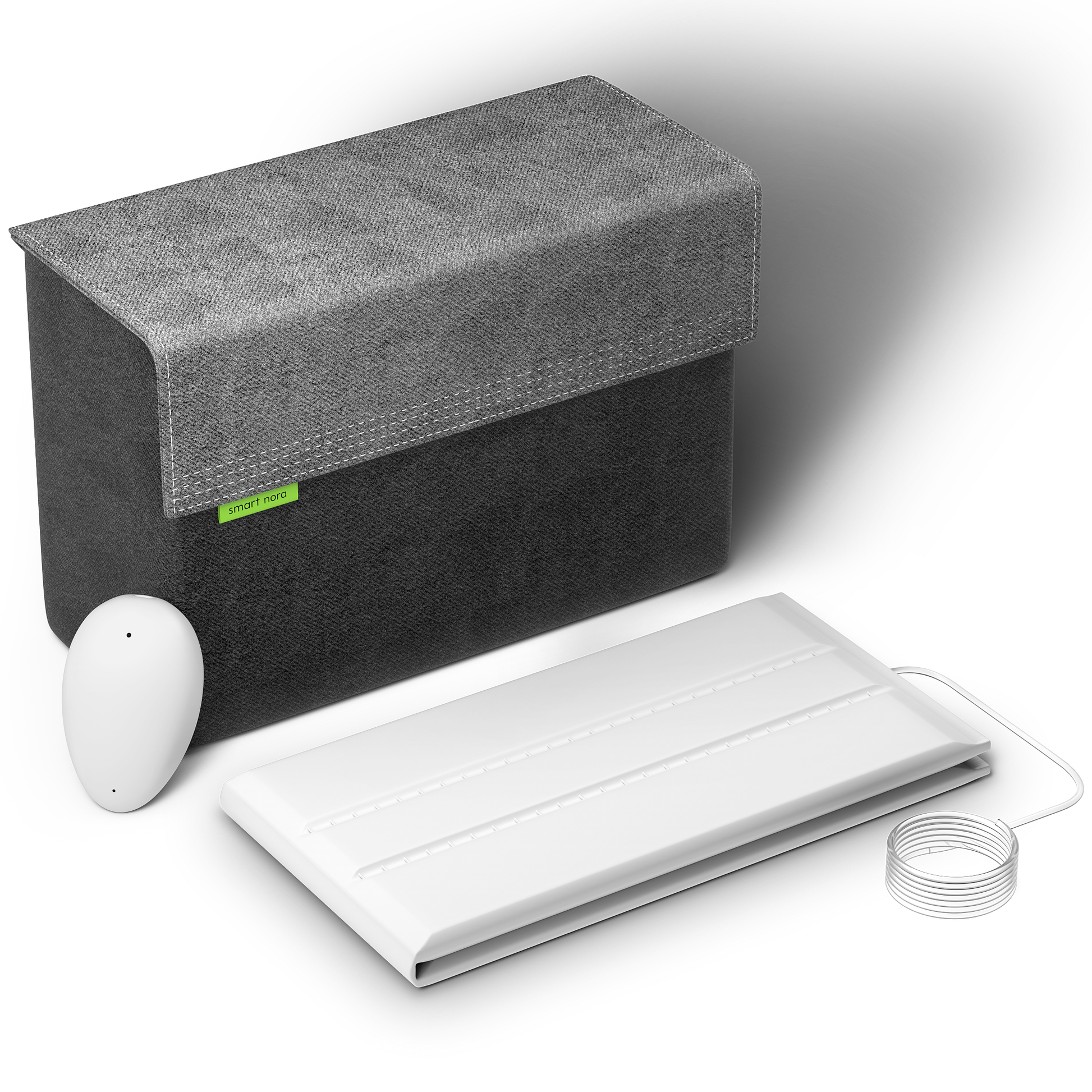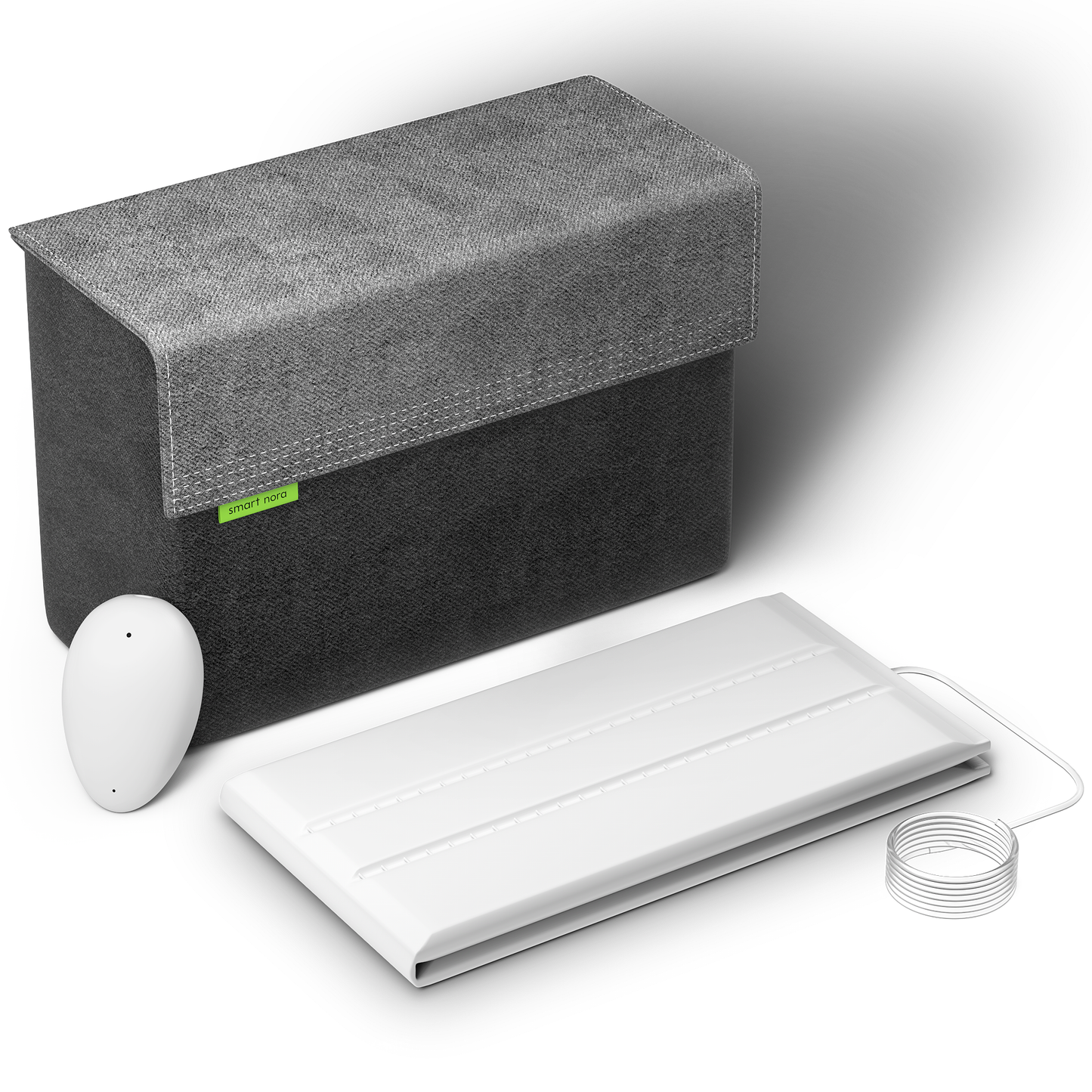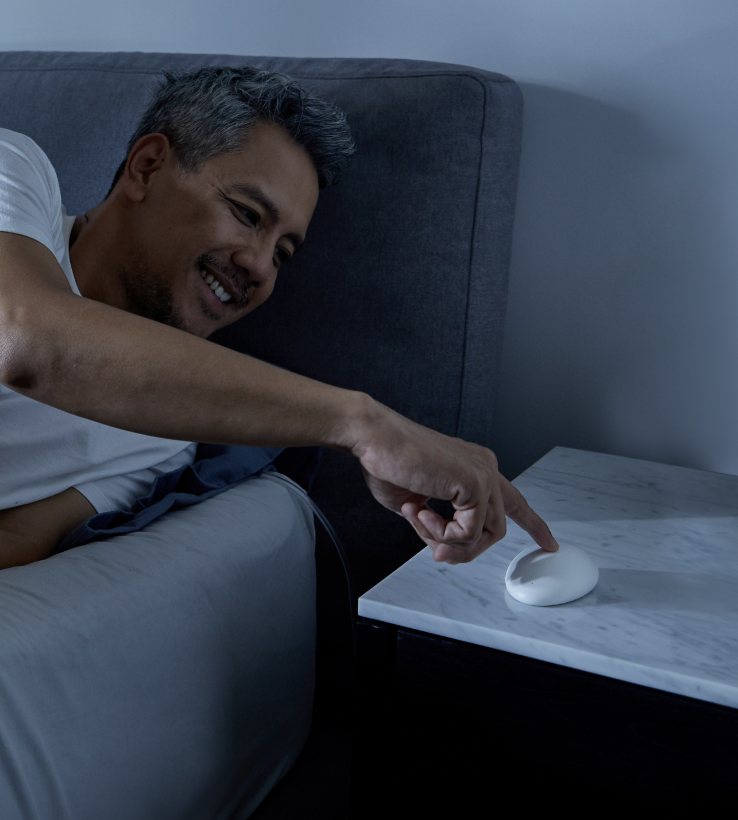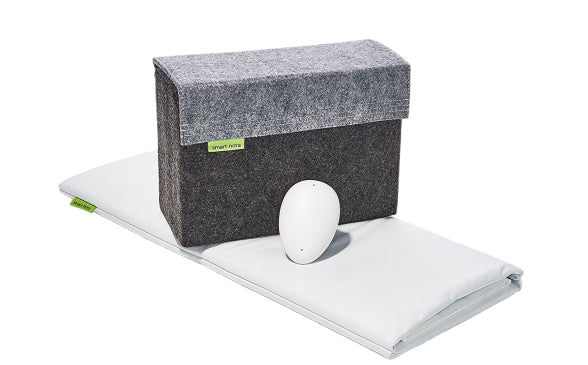Do you experience losing control of your muscles suddenly at the peak of the afternoon? Do you drift off to sleep without any warning? Do you find it hard to stay awake? Consult your doctor; you may be a patient of narcolepsy.
In the 1880s, the term narcolepsy was coined to denote ‘seized by somnolence,’ or sleepiness. Narcolepsy makes remaining awake during the day difficult or impossible.
The severity of narcolepsy can range from mild to severe. In difficult situations, it can significantly impact social activities, school, job, and total health and well-being. A person suffering from narcolepsy may sleep anytime, including while conversing or driving.

Symptoms usually occur in a person’s adolescence, the early twenties, or early thirties. In the United States, ladies are 50% more likely to be affected than males. Experts estimate that one in every 2,000 individuals suffer from narcolepsy. It could affect 135,000–200,000 persons in the United States at any given moment.
Prescription medicines are frequently used to treat narcolepsy. However, modifications to your diet, behavior, and surroundings can also help you stay alert without the adverse effects of drugs.
What is Narcolepsy?
Narcolepsy is a long-term condition in which you feel drowsy during the day and can drift asleep anytime, with no warning. It all comes down to a difference in your brain’s capacity to govern your usual sleeping and waking cycle.
NREM sleep is the first phase of sleep in the normal sleeping process. Your brain waves slow down significantly during this stage. But as you transition from NREM sleep to REM sleep, your brain activity changes. That’s when you dream – during the REM stage of sleep.
However, in narcolepsy, you may enter REM sleep without initially experiencing NREM sleep, both at bedtime and throughout the day. Some narcolepsy symptoms, such as cataplexy, sleep paralysis, and hallucinations, are comparable to alterations during REM sleep.
Narcolepsy can have significant consequences for you, both professionally and personally. Others may perceive you as sluggish or lethargic. Your performance at your job may suffer as a result.
Intense emotions, such as rage or excitement, can cause narcolepsy symptoms like cataplexy, prompting afflicted persons to retreat from emotional encounters.
Many cases of narcolepsy are believed to be caused by a deficiency of hypocretin (also known as orexin), a brain neurotransmitter that regulates sleep. The deficit is considered to be caused by the immune system unintentionally attacking brain regions that produce hypocretin. Although, it is not always hypocretin deficiency that causes this condition.
Continue reading to learn more about the varieties of narcolepsy, including symptoms and treatment options.
Types of Narcolepsy
There are two primary kinds of narcolepsy:
- Type 1 Narcolepsy: Narcolepsy type 1 is an uncommon, disabling sleep disease that affects 20 to 30 people out of every 100,000. It usually makes its appearance as you enter your twenties. The main characteristics are excessive daytime sleepiness and cataplexy, or a rapid decrease in muscular tone caused by stressful events. It is also referred to as ‘narcolepsy with cataplexy.’
- Type 2 Narcolepsy: Narcolepsy without cataplexy is another name for type 2 narcolepsy. People with this illness have extreme daytime sleepiness but do not frequently have muscle weakness caused by emotions. They typically have milder symptoms and normal levels of the brain enzyme hypocretin.
Secondary narcolepsy is a kind of narcolepsy that occurs in very rare circumstances. It is caused by brain damage, precisely one to the hypothalamus region, which controls your sleep patterns.
Symptoms of Narcolepsy
- Cataplexy: Cataplexy is a sudden reduction of muscle tone that occurs during the day. The muscle weakness is identical to that experienced during rapid eye movement (REM) sleep at night. It can create muscle limpness, making you feel like you’re about to collapse. It can also produce involuntary muscle movements, which is uncommon. Cataplexy is a symptom of type 1 narcolepsy. It is unusual in type 2.
- Sleep Paralysis: When falling asleep or waking up, people with narcolepsy frequently feel a momentary inability to walk or talk. These episodes are often brief, lasting only a few seconds, but they can be terrifying. Even if you did not influence what was happening to you, you may be aware of the state and have no trouble recalling it later.
- Excessive Daytime Sleepiness: Narcolepsy of any sort causes excessive daytime sleepiness (EDS). If you get narcolepsy, this is likely to be your first symptom. EDS episodes are commonly referred to as sleep attacks. You may be awake and attentive one moment and on the edge of falling asleep the next. The attack can last from a few seconds to many minutes.
- Hallucinations: These hallucinations are referred to as hypnagogic hallucinations if they occur during sleep and hypnopompic hallucinations if they happen after you wake up. Feeling as though there is an intruder in your bedroom is one such example. Since you may not be entirely asleep when you start dreaming, and you perceive your dreams as reality, these hallucinations can be incredibly vivid and scary.
Causes of Narcolepsy
Narcolepsy is most commonly triggered by a deficiency of hypocretin in the body. Still, the exact origin of the loss of hypocretin-producing cells in the brain is unknown, although doctors believe it is the result of an autoimmune response. Some factors that do affect narcolepsy are:
- If you have a family member with narcolepsy, your risk of narcolepsy increases by 20 to 40 times.
- Substantial psychological stress
- Hormonal changes, particularly those that occur during puberty or menopause
- An abrupt change in sleep patterns
- Having the Pandemrix flu vaccination affects your immunity
- A virus, such as the swine flu or a streptococcal infection
Narcolepsy is occasionally caused by an underlying illness that destroys the brain areas that produce hypocretin.
Secondary narcolepsy is narcolepsy caused by a recognized underlying disease.
How to Treat Narcolepsy?
Narcolepsy has no known cure; it is a chronic sleeping disorder. However, it does not usually deteriorate with age. Medications and lifestyle adjustments can help alleviate narcolepsy symptoms.
A variety of medications are used to treat the symptoms of narcolepsy. However, not all of them are licensed for the illness, and the evidence for their usefulness in treating the disorder is not always decisive.
Medications
A variety of medications are used to treat the symptoms of narcolepsy. However, not all of them are licensed for the illness, and the evidence for their usefulness in treating the disorder is not always decisive.
- Sodium Oxybate will help you sleep at night and prevent daytime tiredness by improving the unexpected loss of muscular function.
- A specialist may prescribe stimulants to help you stay alert as it stimulates the central nervous system.
- Although there is some debate regarding how successful antidepressants are in treating narcolepsy, they are occasionally used to alleviate symptoms such as rapid loss of muscular control, hallucinations, and sleep paralysis.
- Modafinil has been associated with irregular heartbeats (arrhythmias), and blood pressure rises, so you’ll need to be checked for these issues regularly during therapy.
Lifestyle Changes
- Whenever feasible, have a consistent sleep schedule, and try to go to bed and wake up at the same time every day.
- Maintaining a pleasant sleeping environment, such as keeping your room at a pleasant temperature, quiet, and free of distractions.
- Before going to bed, calm your mind and relax by taking a warm bath, for example.
- Don’t eat heavy meals or drink alcohol right before bedtime.
- Regular exercise will improve your sleep quality, attentiveness, and dopamine levels, thus benefiting your mental health.
Don’t Sleep On It At Noon!
Narcolepsy is diagnosed post a thorough medical and sleep background, physical examination, medication history, and sleep investigations are completed by your healthcare professional. You may also be requested to wear a wrist motion sensor for a few months or keep a sleep diary, in which you record how easy it is for you to fall and remain asleep, how many hours of sleep you get every night, and how alert you feel during the day.
If you are having difficulty coping with different areas of your life because of narcolepsy, reach out to a sleep expert or a therapist. They may use methods such as medications, reevaluating your relationship with sleep, encouraging you to get more sun, or cognitive behavioral therapy, among others.






























































